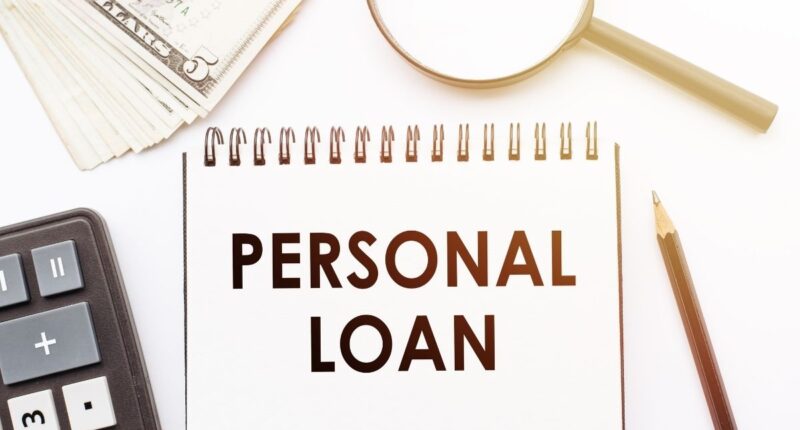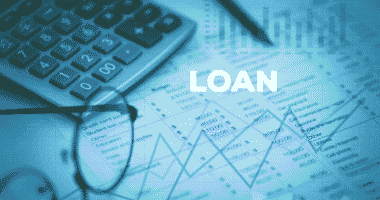Understanding Personal Loans
A personal loan is a sum of money borrowed from a financial institution that you can use for various personal expenses, like consolidating debt, paying for medical bills, or funding unexpected expenses. Unlike mortgages or auto loans, personal loans are generally unsecured, which means they don’t require collateral. This feature makes personal loans an appealing option for many borrowers, as they can obtain funds without risking their assets.
Types of Personal Loans
Personal loans come in various forms, catering to the diverse needs of borrowers. Understanding these classifications can help you select the best option for your financial situation.
Unsecured Personal Loans
These loans do not require any collateral. The approval is based on your creditworthiness, income, and other financial factors. Because they are riskier for lenders, unsecured loans may come with higher interest rates.
Secured Personal Loans
Secured loans require collateral, such as a vehicle or savings account. They often come with lower interest rates since the lender has less risk involved.
Fixed-Rate Personal Loans
With fixed-rate personal loans, the interest rate remains constant throughout the loan term, making your monthly payments predictable.
Variable-Rate Personal Loans
These loans come with interest rates that can fluctuate based on market conditions. While they may start lower than fixed rates, they can increase over time, potentially leading to higher monthly payments.
How Personal Loans Work
Understanding how personal loans function can empower you to make smarter financial decisions. Here’s a breakdown of the process:
Application Process
The first step in obtaining a personal loan is filling out an application with a lender. You’ll typically need to provide personal information, proof of income, and details about your existing debts.
Credit Check
Lenders will perform a credit check to assess your creditworthiness. A higher credit score can significantly increase your chances of approval and allow you to secure a better interest rate.
Loan Offer
After reviewing your application, the lender may present you with a loan offer. This will include the loan amount, repayment terms, interest rate, and any associated fees.
Acceptance and Disbursement
If you accept the offer, you’ll sign a loan agreement, which outlines the terms and conditions. The lender will then disburse the funds, usually within a few days.
Repayment
You will start making monthly payments according to the agreed schedule. Consistent payments can positively impact your credit score, while missed payments can negatively affect it.
Benefits of Personal Loans
Personal loans offer various advantages that can enrich your financial landscape. Here are some key benefits you should consider:
Flexible Usage
One of the main attractions of personal loans is their versatility. You can use the borrowed money for almost any purpose, including debt consolidation, home improvements, or even funding vacations.
Quick Access to Funds
Many lenders offer fast approvals, allowing you to receive funds quickly to address urgent financial needs. This attribute is especially beneficial in emergencies.
Improved Credit Score
If used wisely, personal loans can help improve your credit score by diversifying your credit mix and demonstrating responsible repayment behavior.
Predictable Payments
With fixed-rate personal loans, you benefit from consistent monthly payments, making it easier to budget effectively.
Factors Lenders Consider for Approval
Before approving your personal loan application, lenders evaluate several critical factors to gauge your risk profile.
Credit Score
This three-digit number reflects your credit history and indicates how likely you are to repay the loan. A higher credit score improves your chances of loan approval.
Debt-to-Income Ratio
Calculating your debt-to-income (DTI) ratio provides lenders insight into your financial stability. A DTI below 36% is generally considered favorable.
Employment Status
Stable employment assures lenders of your ability to repay the loan. Offering proof of steady income can positively influence your approval chances.
Financial History
Your financial history, including any previous bankruptcies or defaults, can significantly impact your eligibility for a loan.
Steps to Get Approved for a Personal Loan
Securing a personal loan requires a systematic approach. Here’s a step-by-step guide to streamline the process:
Step 1: Evaluate Your Needs
Identify why you need the loan and determine how much money you require. It’s crucial not to borrow more than you can afford to repay.
Step 2: Check Your Credit Score
Before applying, check your credit score. If it’s lower than expected, consider taking steps to improve it, like paying down existing debts.
Step 3: Research Lenders
Shop around and compare offers from multiple lenders, including banks, credit unions, and online financial institutions. Pay attention to interest rates, fees, and terms.
Step 4: Gather Required Documentation
Prepare the necessary documents, such as proof of income, tax returns, and identification. Having everything organized can accelerate the application process.
Step 5: Submit Your Application
Complete the application with accurate information and submit it to your chosen lender.
Step 6: Stay in Communication
After applying, keep the lines of communication open with your lender. They may request additional information or clarification.
Step 7: Review Loan Offer
If approved, carefully review the loan offer, ensuring you understand all terms before accepting.
Step 8: Make Timely Payments
Once you receive the funds, manage your repayment schedule diligently to maintain your credit health.
Common Mistakes to Avoid
Even seasoned borrowers can fall prey to common pitfalls. Here are several mistakes to steer clear of:
Underestimating Costs
Always factor in interest rates, fees, and any potential penalties before committing to a loan. Understanding the total cost helps you choose the best option.
Not Reading the Fine Print
Before signing any contract, read the fine print to avoid surprises later. Look for clauses that could impact your payment obligations.
Ignoring Credit Health
Neglecting your credit health can lead to unfavorable loan terms. Regularly monitor your credit score and maintain good financial habits.
Borrowing More Than Needed
While it might be tempting to borrow extra for “just in case” scenarios, taking out only what you need will prevent unnecessary debt burden.
Also read : Cash Flow Analysis Basics: Business Owner Should Know
Bottom Line
Personal loans can serve as an effective financial tool to manage expenses, make significant purchases, or consolidate debt. Understanding how they work, the types available, and what lenders look for in an applicant empowers you to make informed borrowing decisions. By evaluating your needs, doing thorough research, and avoiding common mistakes, you can ensure that your experience with personal loans is both positive and beneficial for your financial future.
Ultimately, weighing the pros and cons of a personal loan based on your unique circumstances will help you take control of your finances and use borrowing as a stepping stone toward achieving your financial goals.









